|
(100 students / 3 Teachers)
White Nose Syndrome (WNS) has killed millions of bats across the US over the past 14 years. The Keweenaw is home to many large populations of bats that have been severely impacted by WMS. People are often misinformed about the benefits of having healthy bat populations and may not understand the impact WNS is having on them. Students participating in our project will monitor bat populations around our school, research bats and WNS, and develop informational brochures and presentations for the community.
*Jesse DePue, 10th grade science teacher
Cole Klein, Principal
Alex Geborkoff, 10th grade science teacher
Julie Antilla, 10th grade English teacher
Michigan Department of Natural Resources - John DePue, Wildlife Biologist and Bat Specialist
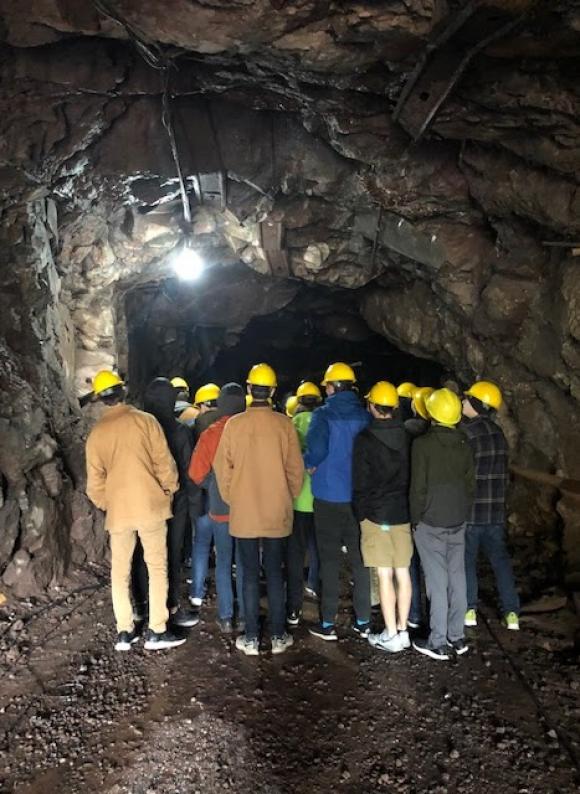
Houghton High School biology students take a tour of the Quincy Mine to learn how bats use abandoned mine shafts to overwinter/hibernate.
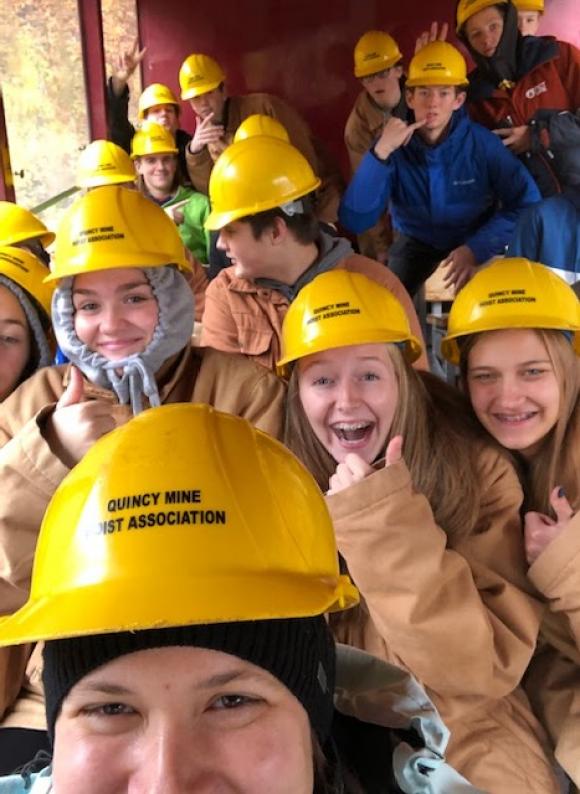
Decked out in hard hats, students learn about copper mining at the Quincy Mine that operated between 1846 and 1945, although some activities continued through the 1970s.
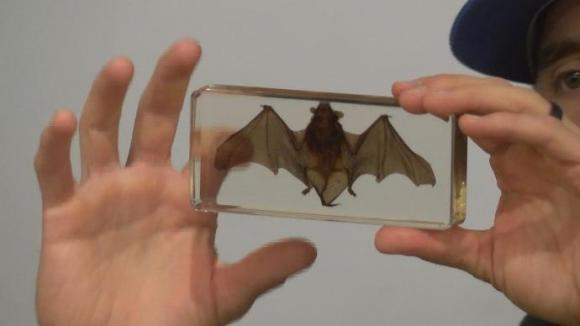
Wildlife biologist, John DePue, with the Michigan Department of Natural Resources, shows students the skeleton and wing structure of a bat.
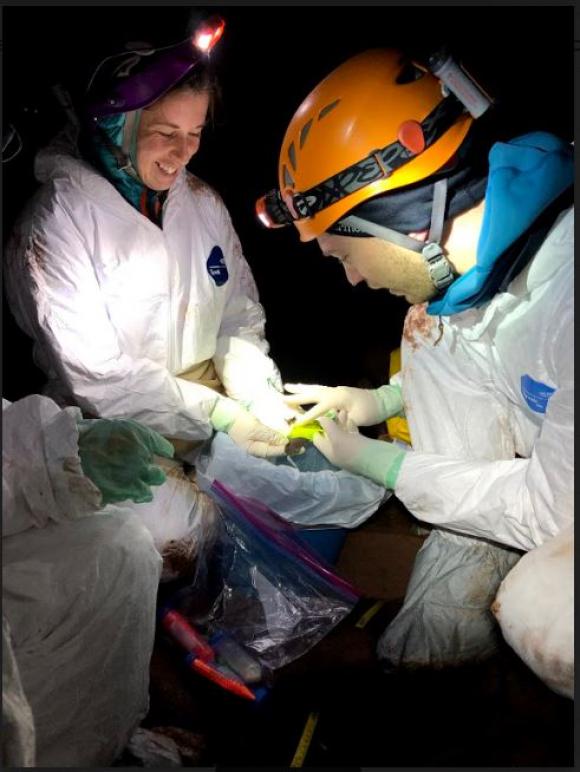
Dr. Kate Langwig and Dr. Joe Hoyt of Virginia Tech work in cooperation with the MI Department of Natural Resources in a local mine to collect data from bats, and apply UV powder to their wings to track movements and interactions during their hibernation period.
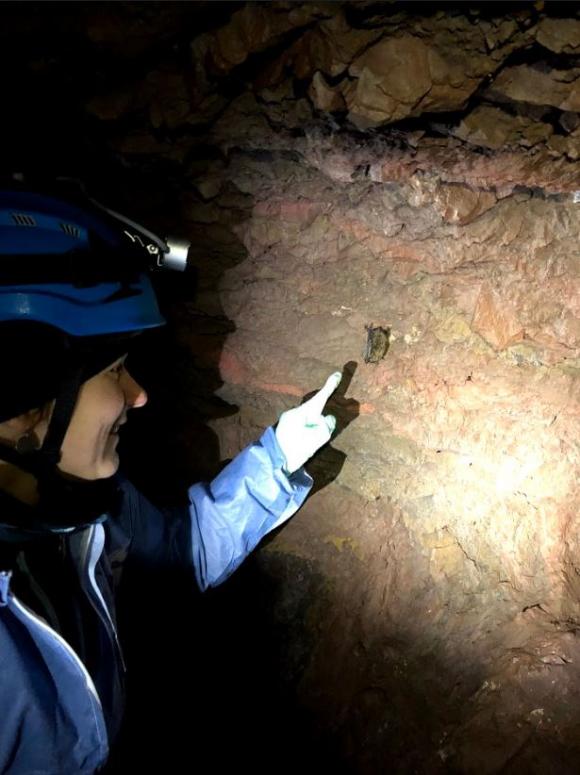
Science teacher, Jesse DePue, observing a Little Brown Bat.
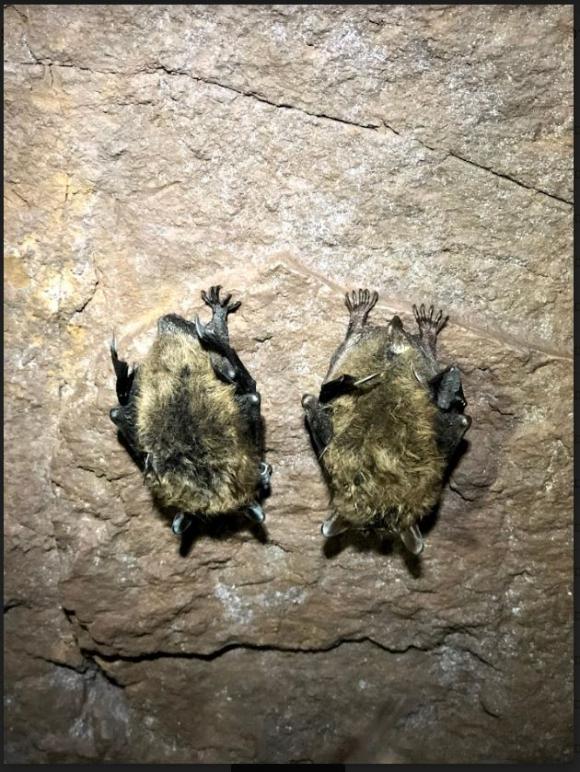
Little Brown Bats (Myotis lucifugus)
|